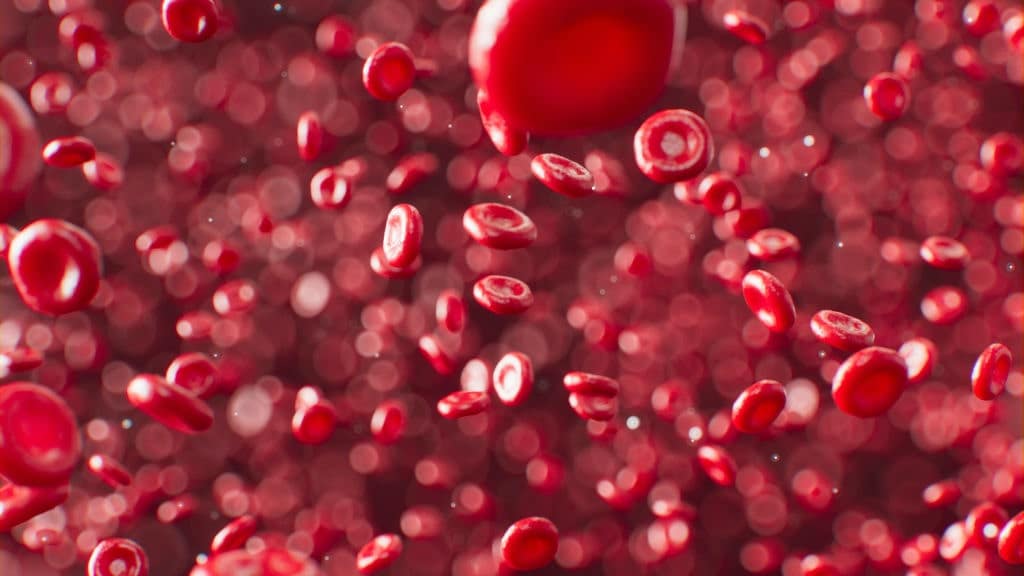Of the thousands of noble disciplines worldwide created to serve humanity, the field of medicine has been considered one of the most extensive and most complex. Little wonder it takes some medical students up to 8 years to become medical professionals. This boils down to how much they have to learn in school and during residency.
Imagine a professional trying to explain complex concepts that have taken them years of practice to learn to someone who never sat down in a medical class for a day.
Difficult, right?
That’s the kind of difficulty people in a courtroom go through when a medical expert is trying to explain some concepts and procedures orally. Doing this is not in the best interest of the medical expert, who can be an expert witness, as the jury needs to have a clear picture of what happened to them to make sound decisions.
Thanks to technology, the pain of wrapping one’s head around understanding these concepts has been reduced with the evolution of visual strategies now used in courtrooms. Medical experts can now use medical legal visuals as a form of medical trial exhibits.
Of the medical legal visuals, medical animation has been the most popular as it stands out in doing its job to portray medical illustrations that can be comprehensive enough for all and sundry to understand.
Medical legal illustrations are created by medical illustrators who are experts that work hand-in-hand with parties involved in a case to develop accurate demonstrations of medical procedures.
These medical illustrations have been used in courts worldwide in personal injury cases to explain traumatic brain injury, illness, diseases, surgical procedures, medical malpractice, how a medical device is used, etc.
One of the many cases of using medical animation as a form of trial animation to explain an illness or a condition is the case of Spyrka v. County of Cook. In this case, medical animation was used to illustrate a condition referred to as pulmonary embolism.
What is Pulmonary Embolism?
According to an article by the National Library of Medicine, pulmonary embolism, also referred to as PE, “is a sudden blockage in a lung artery that usually happens when a blood clot breaks loose and travels through the bloodstream to the lungs.”
Furthermore, it was explained that this condition can cause “permanent damage to the lungs, low oxygen levels in the blood, and damage to other organs in the body.”
In addition, an official publication by the International Journal of Critical Illness and Injury Science stated that “PE is responsible for approximately 100,000 to 200,000 deaths in the United States each year.”
Pulmonary embolism doesn’t just happen out of the blue; some factors have been identified to be the leading cause of PE, including having surgery (especially joint replacement surgery), lungs and heart diseases, birth control pills, etc.,
Medical Animation in the Case of Spyrka v. County of Cook
In the case of Spyrka v. County of Cook, PE was identified to have been caused as a result of medical malpractice. The victim was said to have been given supplemental oxygen and antibiotics for several days after being admitted for having “difficulty breathing, a fever and an abnormal x-ray.”
An expert witness during the case testified that “pulmonary embolism occurs when a blood clot that forms in the big veins of the legs, pelvis or abdomen breaks loose and migrates north to the pulmonary arteries.”

It was explained that the blood clot could be dissolved using certain drugs. However, one of the doctors failed in his duty of care as he discontinued using one of the drugs being used on the victim called Heparin.
With the aid of a custom medical illustration, one of the expert witnesses on the case explained what a pulmonary embolism is and how drugs like Heparin dissolves blood clots and prevents death.
This would have been a hard nut to crack if all they had done was to orally explain what a blood clot is to an audience with little or no knowledge of medical terms and haven’t physically seen what goes on in the internals of the body.
But, with medical animation, the expert witness explained how pulmonary embolism happens visually to an audience.
In conclusion, medical illustrations are one of the best ways expert witnesses can convey their opinions to the jury in a few seconds. This can make a turnaround in the case and save a lot of time that would have been spent clearing ambiguities related to a medical malpractice case.






